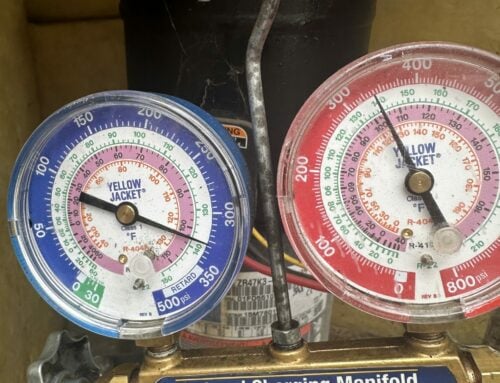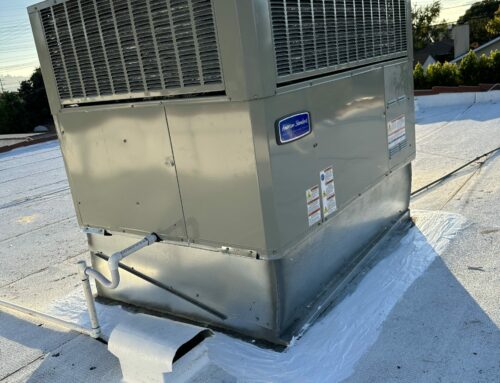Air conditioning is a technology that is used to cool and dehumidify indoor spaces. It is an essential component of modern buildings and homes, providing comfort to people in hot and humid environments. The use of air conditioning has become more widespread in recent years, as global temperatures have increased and air conditioning technology has become more efficient and cost-effective. In this article, we will explore the history of air conditioning, how it works, the different types of air conditioning, and the benefits and drawbacks of using air conditioning.
History of Air Conditioning Air conditioning has a long and fascinating history that dates back to ancient civilizations. The ancient Egyptians used a type of air conditioning to cool their homes, which involved hanging wet reeds in their windows to create a cooling effect. The ancient Greeks and Romans also used a type of air conditioning, which involved circulating cool water through their homes. However, it wasn’t until the early 20th century that modern air conditioning technology was developed.
In 1902, an engineer named Willis Carrier invented the first modern air conditioning system. Carrier’s system used a series of coils and fans to cool and dehumidify the air, which was then circulated through a building. The first air conditioning systems were designed for industrial use, but they soon became popular in homes and other buildings.
How Air Conditioning Works Air conditioning works by removing heat and humidity from the air, and then circulating cool, dry air throughout a space. The process involves several key components, including a compressor, a condenser, an evaporator, and a refrigerant.
The compressor is responsible for compressing the refrigerant, which is a chemical that is used to transfer heat. The compressed refrigerant is then sent to the condenser, which removes heat from the refrigerant by releasing it to the outside air. The cooled refrigerant then flows to the evaporator, where it absorbs heat and humidity from the indoor air. The cooled and dehumidified air is then circulated through the space by a fan, while the warmed refrigerant is sent back to the compressor to begin the cycle again.
Types of Air Conditioning There are several types of air conditioning systems, each of which is designed for different applications. The most common types of air conditioning include window units, central air conditioning, and ductless mini-split systems.
Window units are designed for single-room cooling and are installed in a window. These units are affordable and easy to install, but they can be noisy and may not be suitable for larger spaces.
Central air conditioning is designed for whole-house cooling and is installed in a central location, such as an attic or basement. These systems are more expensive than window units, but they are more efficient and can provide more consistent cooling throughout a space.
Ductless mini-split systems are similar to central air conditioning systems, but they do not require ductwork. These systems are ideal for homes without ductwork, or for spaces where ductwork is not practical. They are more expensive than window units, but they are more efficient and can be used to cool multiple rooms.
Benefits and Drawbacks of Air Conditioning Air conditioning provides several benefits, including improved comfort, improved indoor air quality, and increased productivity. By removing heat and humidity from the air, air conditioning can provide a more comfortable environment for people to work and live in. Air conditioning can also help to improve indoor air quality by filtering out pollutants and allergens from the air. This can be particularly beneficial for people with allergies or asthma.
However, air conditioning also has several drawbacks, including increased energy use and environmental impact. Air conditioning systems consume a significant amount of energy, which can result in higher utility bills and increased carbon emissions. Additionally, air conditioning systems can contribute to global warming by releasing refrigerants, which are greenhouse gases, into the atmosphere.



